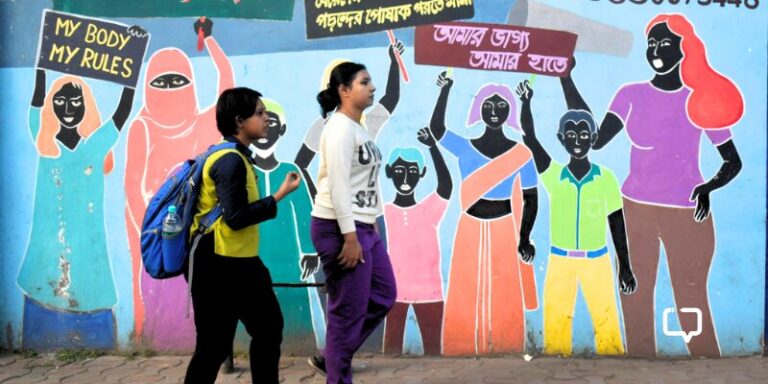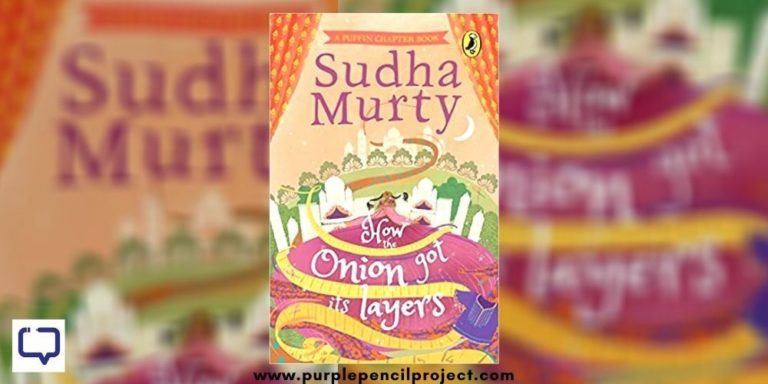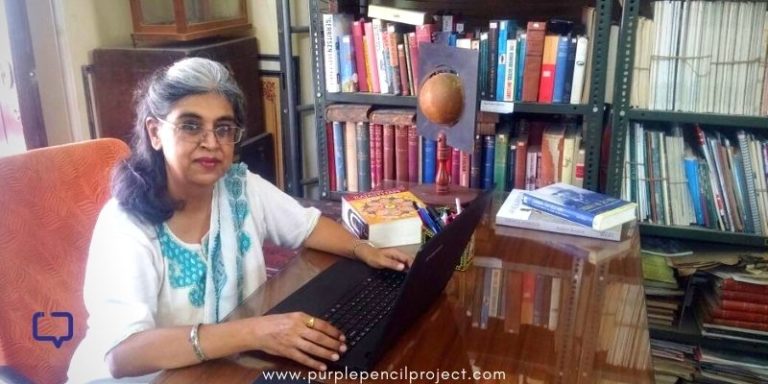Rahul Vishnoi reviews How We Vote: The Factors that Influence Voters by Surjit S Bhalla with Abhinav Motheram (published by Juggernaut Publication, 2024).
(Note: This review has strong political opinions of both, the author and the reviewer. Since the author leans towards a particular political side, the reviewer has tried to balance it by leaning towards another.)
As an Indian saying goes, elections are a festival of democracy. We, the people of the Republic of India, have been yoked with mighty morals for aeons, hence this saying. What I feel is that an election, particularly the general elections, is not a festival but a fair. The word tamasha hops to mind; a tamasha where a bull (or a cow, if you may) decked up with marigold garlands, horns polished with mustard oil and hooves tinkling with anklets is dancing drunk. And all are invited ticket free. The politicians, the bahubalis, the MPs, the MLAs, the star pracharaks, the karyakartas all join this melee of money, power, corruption and crime.
The netas are particularly the nats of this fair: the acrobats. They dance and sing to the tune of janata, dropping down from helicopters to the land they had made uncountable promises to. The ones who are hoping to get elected for the first time are supercharged, filled with blame for their co-contestants and songs of their own praises. It is this fair that Surjit S Bhalla hopes to rationalize in his psephological treatise on the great, grand fair of Indian elections.
Surjit S Bhalla’s Approach
Bhalla, together with Motheram, armed with tables and statistics, graphs and articles, surveys and studies, hopes to tame this beast. To lasso it with a chain and tether it to the ground of logic and the jubilant cries of ‘hence-proved.’ And he tries to tie it with an authoritarian chain borrowed from the very government that is going to fight this election.
But as the contents in this book make a great effort to document, the real reason that Indians are likely to vote in Modi for the third time is because they believe his government has resurrected hope, aspirations and welfare across broad masses of people, especially the poor.
– Surjit S. Bhalla, How We Vote
In the beginning, Bhalla calmly states that his book is broadly an interpretation of the political going-arounds based on the economic achievements of the country. If this book had been released after the general elections in 2024, it would have become obsolete because we all know the outcome. The ruling party, although having achieved a majority with the help of a coalition, has fallen short of the goal it itself had assigned.

This book would have become obsolete because the author, directly and indirectly, with studies as well as his opinions, which are sometimes veiled and other times striking, predicts that on the grounds of the excellent economic performance of the BJP government in the last ten years, barring the COVID years, will have a resounding victory.
One must take it with a pinch of salt when Surjit S Bhalla states that inflation doesn’t affect the result of elections. This, however, sets the tone of the book, and one can guess which way the wind is going to ruffle the pages here- to the right side, silly!
Although Bhalla talks about narratives and puts an emotional spin on them, he ignores the fact that the ruling party has been known to do just that. He, in a mocking and unkind tone, writes that the I.N.D.I.A. alliance winning this election will be equivalent to a Disney movie. Now that the election results have been out, we know he is right. The opposition alliance did not win. But he is just technically right because, in a heavily polarised election, where the ruling party had the might of the entire system behind it, it could not achieve a straight majority. This is not befitting of an analyzer’s writing.
BJP’s Economic Prosperity Argument
Surjit S Bhalla very strongly makes the case that the BJP government (when I refer to the BJP government, it’s the one from the last ten years, as now, it’s an NDA government) is going to come back not for its divisive politics but gliding on the wheels of economic prosperity. Citing figures from the Election Commission of India, Bhalla notes that during the tenure of a government, more than 3.25% per annum growth would mean well for the sitting government. If lower, it would have a risk of losing the chair. There are many exceptions to this rule, notes Bhalla.

First was Indira Gandhi’s government in 1967. This model failed in the 2004 elections, too, when BJP, aggressively campaigning for Shining India, lost the election despite a per capita growth of 3.9%. In 2014, this model failed again when a 6% growth could not help Manmohan Singh back into office a third time. For the last anomaly, Bhalla gives the reason for the absence of any major economic reforms during this period (as if the voters of India care two hoots about economic reforms).
Astonishing Statistics and Defence of the Government
The most astonishing statistics that Surjit S Bhalla cites come from the NSSO (National Survey Sample Office) and PLFS (Periodic Labour Force Survey). If we were to believe this data, Muslim median earnings in 2022-2023 were more than Hindu’s. This is even higher than in the US and shows that Muslims have not encountered wage differences in the labour market in India. I take this data not with a pinch but a sack of salt stacked on top of a salt hill sitting upon a salt mine by the side of the sea.
Bhalla goes all out in his defence of the PM. Opposition has been mentioned in the same vein as most news channels—with disdain. He takes the bull (of defending his PM and his party) not just by the horns but by the tail. He wants to swing the beast with its tail and throw it across the border (you know where)!
Bhalla completely trashes the article written by Sabyasachi Das, an ex-professor of Ashoka University who had been hounded and harassed out of his job for saying that in the majority of closely contested elections in 2019, most of the wins that BJP gained were in BJP-ruled states. Bhalla completely disagrees, citing his own examples and passionate data. An image comes to my mind where he is tearing this article to smithereens and blowing it into the air. At this point, the reader (if they happen to even slightly criticize PM’s policy) is exhausted and wonders if there is any point in finishing the book.
Familiar Hindu-Muslim Narratives
Bhalla briefly dives into the Hindu-Muslim narrative, trying to prove that there is no discrimination against minorities in India. He cites an article that was a reply to his Pakistani colleague at the World Bank. He starts with the point that the Indian government exercises no control over mosques, while all temples come under the jurisdiction of the state government. I think then the instances where Hindu right-wingers are tying bhagwa flags to their minarets and sometimes even pelting them with stones must not be happening in India.
He mentions many other arguments, including one circulated the most in WhatsApp University: Muslim men are allowed to marry four times. Will someone show me an Indian Muslim guy who has four wives? At this point, Bhalla’s book chucks whatever rationality it was clinging to in hopes of rationalizing Indian elections and dives into appropriation and denying. If I were to use his unkind language, I could write that Surjit S Bhalla is ‘living in a parallel universe’ where an Indian Muslim, happily married to four beautiful women (of course all Muslims), earns more than his neighbour Ram Singh.





















